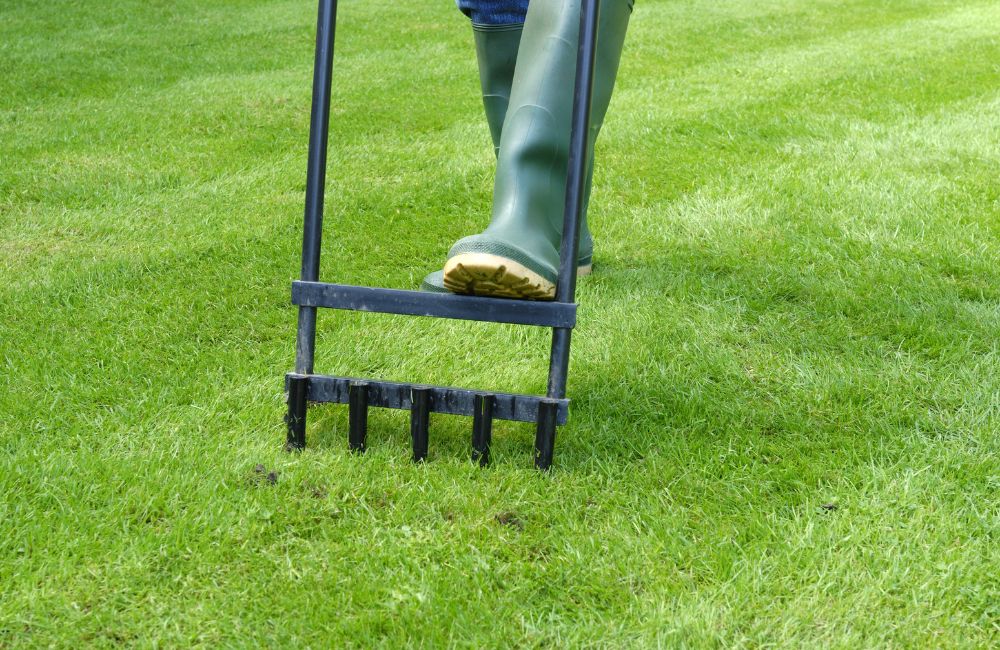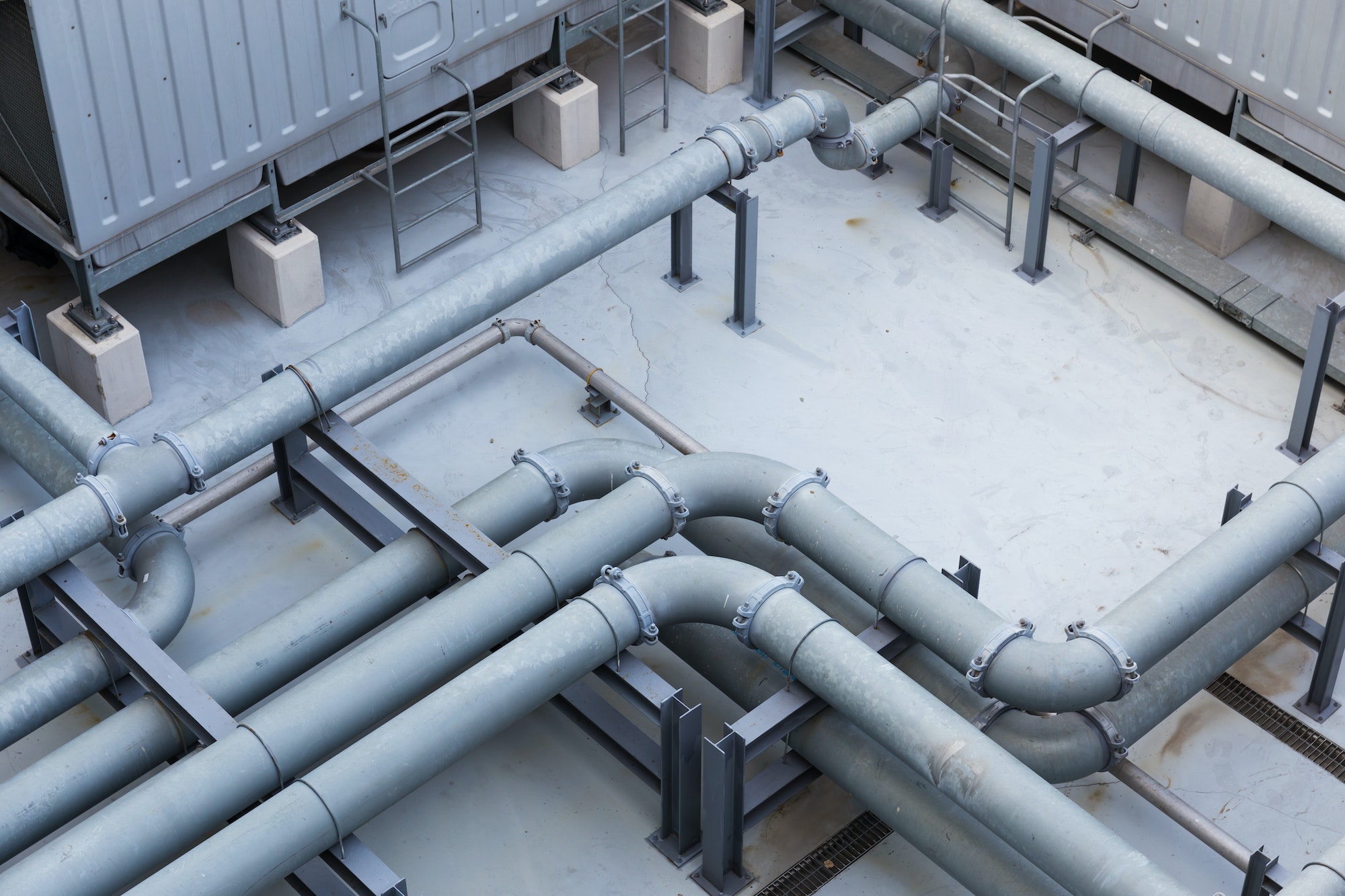Just like animals need to breathe in air in order to survive, plants such as your lawn grasses also need to breathe. They need to absorb air and other vital nutrients from the soil through their roots in order to grow lush and green.
Sometimes, no matter what you do to your lawn, whether you spend hours mowing it, fertilizing it, or watering it, it won’t grow properly. That’s because the soil is too dense and the grasses are not getting enough air and minerals needed to survive. All the fertilizer and water you’re pouring in are not getting to the roots. In order for you to solve this, you need to aerate the lawn.
Lawn aeration is a process that basically involves creating small holes in the soil through manual or mechanical means like a garden fork or an aerator machine so that air, water, and other nutrients penetrate deeper into the grassroots. It is important for maintaining a healthy lawn because it helps to relieve soil that’s too dense, which can make it difficult for grass roots to receive the oxygen, water, and nutrients they need to grow and thrive.
There are a few different methods for aerating a lawn, including using a manual or power aerator or hiring a professional lawn care service. During the process, the aerator will create small holes in the soil by removing small plugs of soil from the ground. These holes allow air, water, and nutrients to reach the grassroots, which can help to promote healthy growth and overall lawn health.
It’s usually better to do this during the growing season when the grass is actively growing, and the soil is not too wet or dry. Depending on the lawn’s needs, the type of grasses, and the weather in your area, aeration may be done once a year or more frequently.
The question now is, how do you know you need to aerate your lawn? Continue reading to find out.
Signs your lawn needs aeration
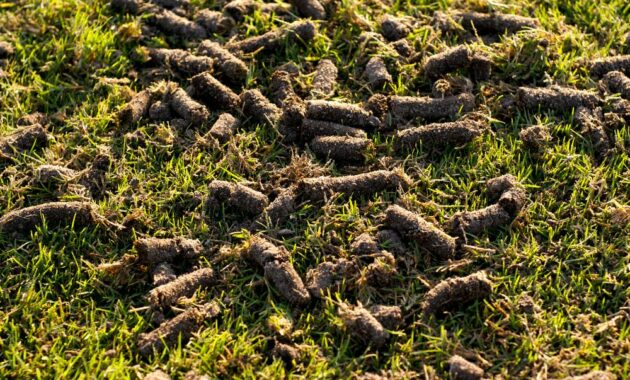
If your lawn is not growing properly, there can be several reasons, of which one of them could be lack of aeration. But, how do you know if your lawn needs aeration? Here are the signs:
1. Compacted Soil
The main reason for lawn aeration is to relieve soil compaction. When you notice that the soil in your lawn area is too compact, it’s a tell sign you need to loosen it up so that the grasses can grow properly.
If the soil feels hard and dense when you walk on it, it may be too compacted to allow air, water, and nutrients to penetrate the soil and reach the grassroots.
If you’re not sure if your soil is too compacted, here are a few methods to check to be sure.
Inspect visually
Look for signs of poor drainage, bare patches, or water runoff. These are all potential indicators of soil compaction.
Test with a garden fork
Attempt to push a garden fork or soil probe into the soil. If it is difficult to penetrate the soil, it may be compacted.
Sod removal test
Remove a section of sod from your lawn and examine the roots. If the roots are shallow or only grow horizontally, it may be a sign of soil compaction.
Check the soil density
Use a soil density tester or penetrometer to measure the resistance of the soil to penetration. If the reading is high, it may indicate soil compaction.
If you suspect that your soil is compacted, it’s a good sign it needs aeration.
2. Poor Water Absorption
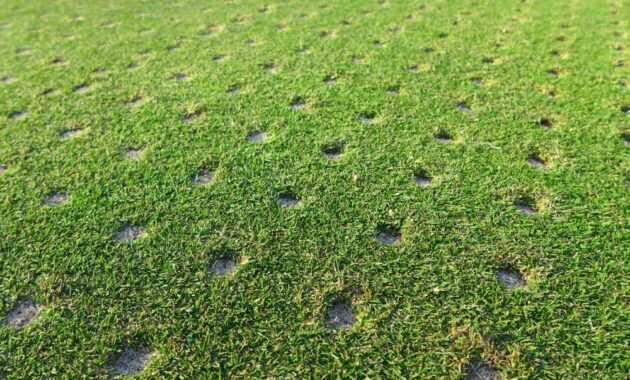
Poor water absorption is a common sign that a lawn may need to be aerated. When the soil in a lawn becomes compacted, it can create a hard, impenetrable layer that prevents it from absorbing water.
Here’s how to know if that’s the case with your lawn:
Check if there’s standing water after watering the lawn.
If you notice puddles or standing water on your lawn after watering or rainfall, it may be a sign that the water is not being absorbed into the soil.
Is water running off during watering?
If water is running off your lawn and onto sidewalks, driveways, or streets instead of soaking into the soil, it may indicate that the soil is compacted and not allowing water to penetrate.
Are there dry patches?
If certain areas of your lawn are consistently dry and brown, even after watering, it may be a sign that water is not reaching the roots due to soil compaction or other issues.
Are there mushy or spongy spots in the turf?
While standing water is a sign of poor water absorption, areas that feel mushy or spongy underfoot can also indicate that water is not being absorbed properly, as the soil may be too saturated to allow for proper drainage.
If you notice any of these signs, it may be a good idea to investigate the cause of the problem and take steps to improve water absorption, such as aerating the soil or adding organic matter to improve soil structure.
3. Thatch Buildup
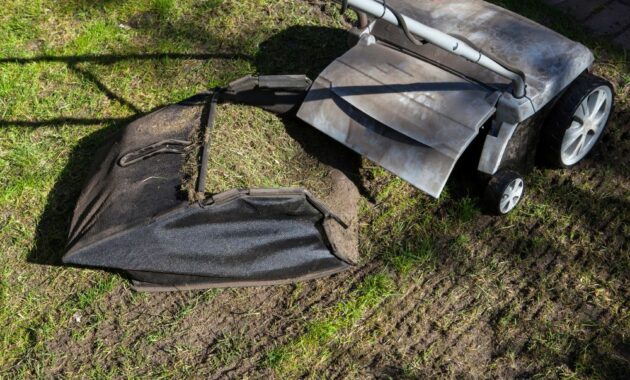
Thatch buildup in your lawn is a very good sign that it needs aeration and dethatching. If you don’t know what thatch is, it is a layer of dead grass, roots, and other organic material that accumulates on the surface of the soil between the grass blades and the soil.
A moderate amount of it is actually beneficial for a lawn to grow properly, as it can help regulate soil temperature and retain moisture. However, if the layer of thatch is too thick or too much, it can start causing problems by suffocating the lawn.
As a homeowner, here’s how to know if there’s too much thatch in your lawn.
Check if it feels spongy
If your lawn feels spongy underfoot, it may be a sign that there is too much thatch buildup. This is because the thatch layer can prevent water and nutrients from reaching the roots of the grasses.
Are there brown patches?
If you notice brown patches on your lawn that do not respond to watering or fertilization, it may be a sign that the grassroots are not getting the nutrients they need due to the thick thatch layer.
Does it attract pests?
A thick thatch layer can create a moist environment that is ideal for pests and diseases to thrive, leading to an increase in lawn problems.
Is the lawn growth stunted?
If your lawn is not growing as vigorously as it should, it may be a sign that there is too much thatch buildup, as the grassroots may be suffocated and not getting the nutrients they need.
If those signs above are evident, then it’s a good time that you need to dethatch and aerate it. According to Craftsman Pro Tools, you can use a dethatcher machine to remove the thatch and aerate the lawn in the process.
4. Heavy Foot Traffic
If you use your lawn for sports activities, play, or walking and there is heavy foot traffic, it can lead to soil compaction over time.
Heavy foot traffic can cause soil compaction in your lawn. When people or animals walk on the grass, they exert pressure on the soil, which can cause the soil particles to become tightly packed together. As a result, the air pockets in the soil become compressed, making it harder for air, water, and nutrients to penetrate the soil and reach the grassroots.
Over time, this can lead to a buildup of thatch and weakened grassroots, which can result in an unhealthy lawn. Soil compaction caused by heavy foot traffic can also increase the risk of soil erosion and runoff, and reduce the overall water-holding capacity of the soil.
So, if you use the lawn around your home for sports, or you hold social gatherings on it from time to time, the soil will naturally compact because of the foot traffic. Knowing that it will also be a good idea to aerate it from time to time to keep the soil porous enough for the grasses to grow properly.
If your lawn experiences heavy foot traffic, it is recommended that you aerate it once or twice a year to help alleviate soil compaction and promote healthy growth. This can help to ensure that your lawn stays lush, green, and healthy even in areas with heavy foot traffic.
5. Poor Growth
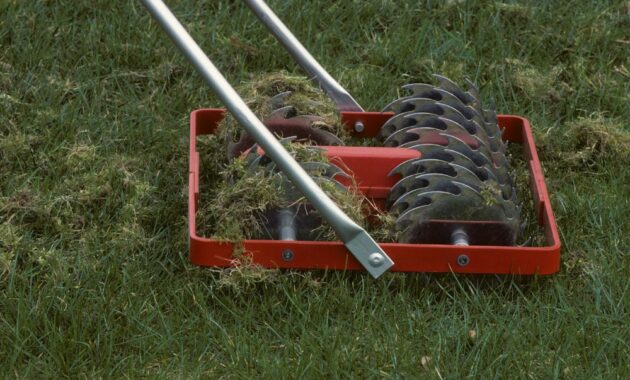
If your lawn is growing poorly, it may be a good idea to consider aerating the soil as one possible solution. As mentioned earlier, soil compaction is one of the most common reasons for poor lawn growth, and aerating the soil can help alleviate soil compaction by creating small holes that allow water and all the nutrients the turf needs to get to the roots. This can promote healthy root growth and ensure that your lawn grows lush and green, just the way you want it to grow.
However, there are other causes of poor lawn growth. Some of these include nutrient deficiencies, disease, pests, or poor lawn maintenance practices. If you suspect that any of these factors are contributing to your lawn’s poor growth, then you have to act to find out the underlying issues. For example, you may need to fertilize the soil, treat the lawn for pests or diseases, adjust your watering or mowing practices, or oversee the lawn to encourage new growth.
What to do after aerating your lawn
After aerating your lawn, it’s not okay to just leave it like that. It’s important to take further steps to ensure that the work you’ve put in yields the results you want – which is a lush, green, and healthy lawn.
So, here’s what you can do to ensure that.
Remove soil plugs
Soil plugs, or cores, are cylindrical pieces of soil that are extracted from the ground during the aeration process. If your lawn was core aerated, remove the soil plugs that were left on the lawn. You can either rake them up or mow over them a few times to break them up and help them decompose.
It’s time to overseed
Aeration creates the perfect environment for overseeding. Spread seed over the lawn, paying special attention to bare patches.
Don’t forget to water it
Your lawn has been starved of water and basic mineral nutrients for a long time. It’s time you provide this by watering it so that it can recover. It’s similar to giving your dog a bowl of water after a long walk on a hot day. Watering the turf will allow the grass roots to gain those necessary nutrients it has been lacking, and start growing properly again.
Fertilize
One of the best times to apply fertilizer to a lawn is after aerating it. That’s because the once compact soil is now loose and the fertilizer can penetrate deeper into the soil and reach the roots. This will ensure the roots collect the necessary nutrients for your turf to recover and grow back.
Avoid heavy traffic
It goes without saying that you should try as much as possible to avoid heavy traffic on the lawn for a few weeks after aerating it to allow the grass to recover and the roots to grow deeper. If you have kids, you can instruct them to avoid playing on it for that time period so that the soil doesn’t get compacted again.
Following the steps above will help your lawn recover properly and grow exactly the way you want it to.
Discover more from Futurist Architecture
Subscribe to get the latest posts sent to your email.
